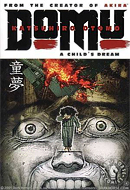   |
Manga-ka: Katsuhiro Otomo
Publisher: Dark Horse
Rating: Older Teen (16+)
Release Date: August 2001
Synopsis: “A twisted old man, gifted with extrasensory powers, holds silent sway over an entire block of apartments, its occupants puppets for him to control. Life is hits to give… and to take. But suddenly there is a new voice in his head, and before he knows it, a young girl with her own battery of psychic abilities arrives to challenge him. Soon, the sprawling complex becomes a battleground between two minds possessing incredible, unimaginable power.”
A public housing complex is Japan has been inexplicably struck with a rash of suicides, murders and unidentified deaths. With over twenty deaths in two years, local police officers are nearing their wits ends trying to piece together what little information they have in the hopes of discovering the cause of these occurrences and to put a stop to them. While a number of unique individuals catch their eye in this seemingly ordinary facility, the true nature of the case reveals itself too late in scope while still maintaining the secrecy of its origins.
To readers it becomes creepily evident that this housing facility is the plaything of one of its inhabitants – an old man abandoned by his family who has at his disposable an inconceivable amount of psychic prowess. With it he’s able to move objects, smash windows and even influence the very things people see and hear, driving them to madness. With these abilities he sends inhabitants to their deaths at his own whims with no one to lay blame on a smiling old man with a love for his winged hat and a particular sidewalk bench.
That is until a young girl and her mother move into the complex. The book introduces her smoothly into the story, not even standing out as an especially important character until she’s suddenly facing off against the old man in a series of short sequences, first exhibiting her understanding of his role in the events and then later pitting her own abilities against his in a battle to put an end to the man’s shadowy reign on life and death.
While the psychic battles, especially the story’s climatic end-scene, prove the book’s most enthralling moments, the smaller scenes and characters that make up the remaining framework of the story support it immensely. Background characters litter the pages with day-to-day banter and actions that set the true-to-life tone of the story brilliantly. Side characters also intertwine into the focal element of the plot to add a new level of poignancy, from the mentally-challenged man who the children befriend to a bereaving Mother who wanders the complex with an empty stroller.
Outside of the housing complex is the police force, a dedicated and thorough group of individuals whom the story follows as they attempt to unravel the mysteries of the developments’ spiking death rate. At the end of their leads, they do take into consideration the possibility of other-worldly forces but even by the end can’t fathom what truly caused the disaster they beheld. Throughout the book they pursue any substantial lead they discover, some with more successful outcomes than others, but the believable manner in which they do this adds another engrossing component to the story that serves well as a parallel linearity to the struggle between the young girl and the old man.
The skill of Katsuhiro Otomo’s artwork is evident not only by the detailed landscaping and reality-grounded character designs, but also by how sharp it looks despite being flipped – a turn of the century tradition that rarely favours even the most eye-catching of art and one utilized by Dark Horse in this English edition. The story itself is strengthened heavily by the artwork and moments of especially dramatic climax are memorable, be it the look of desperation on the faces of those involved or a full dual-page aerial view of a catastrophic scene below. Katsuhiro’s ability to draw backgrounds with the utmost attention to perspective, detail and atmosphere is amazing and he obviously revels in creating these authentic environments as much as he later enjoys blowing them up and tearing them down.
Domu is an easily accessible work for a variety of readers, including those new and old to Katsuhiro Otomo’s work. Best known for his multi-volume series, Akira, Katsuhiro’s work here in Domu is no less captivating a story and proves satisfying at single-volume length. It’s a fantastic low-risk introduction to his talent as both an artist and suspenseful storyteller.
Sadly Domu, released last by Dark Horse in 2001, is one of the more difficult works to find and current used copies for sale online are pushed up to triple digit numbers. But don’t lose heart curious readers for copies can still be found in some comic stores, convention vendor booths and perhaps most promisingly, your local library. Keep an eye out and ask your manga collecting friends if they own a copy, Domu is a fairly quick one-shot read but one no less worth the effect in finding it.
Review written June 26, 2010 by Lissa Pattillo
Book borrowed from Shannon Fay


 Follow
Follow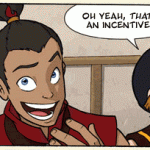

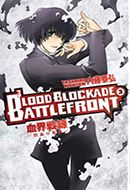





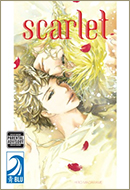








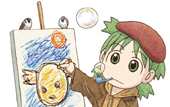









[…] Sweet Home (Soliloquy in Blue) Theron Martin on vol. 16 of Claymore (ANN) Lissa Pattillo on Domu (Kuriousity) Diana Dang on Dramacon: Ultimate Edition (Stop, Drop, and Read) Sean Gaffney on vol. […]